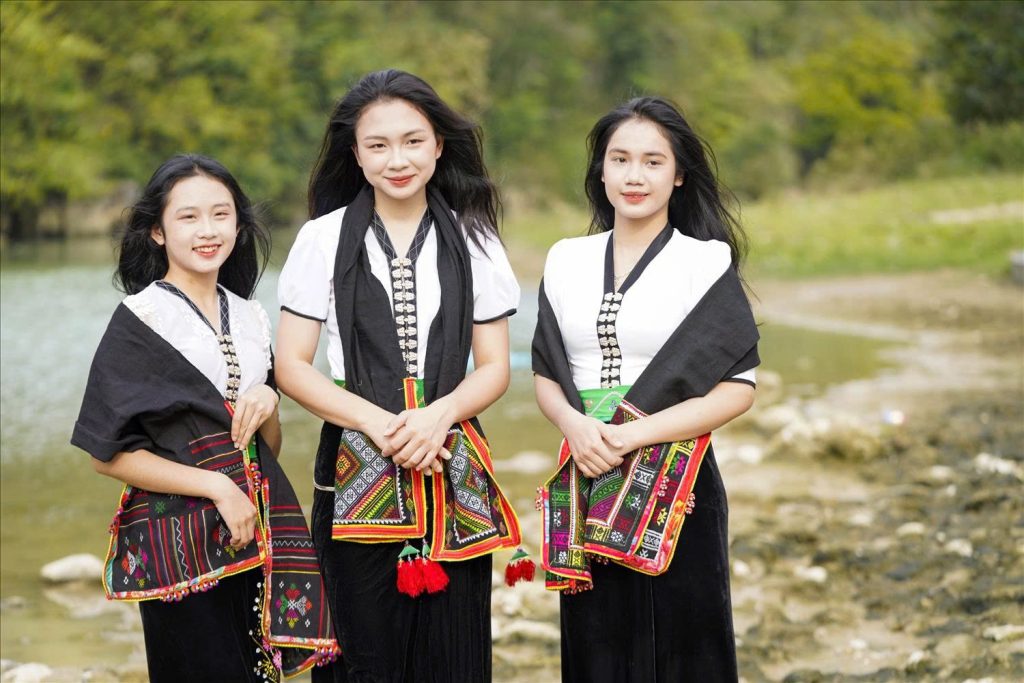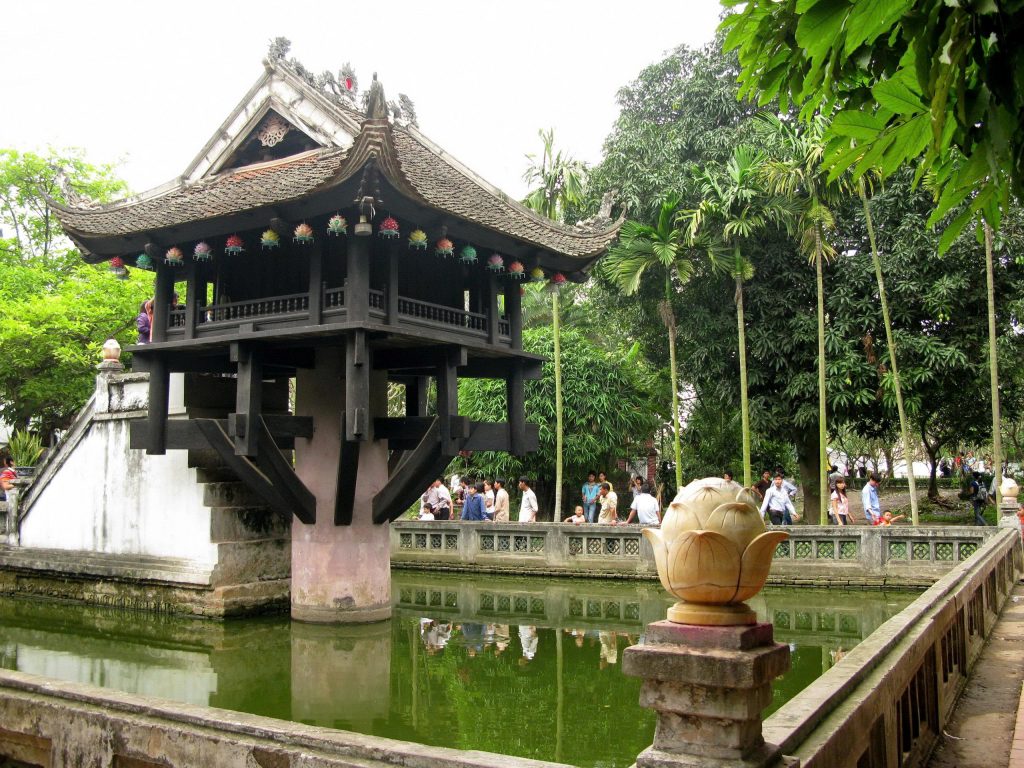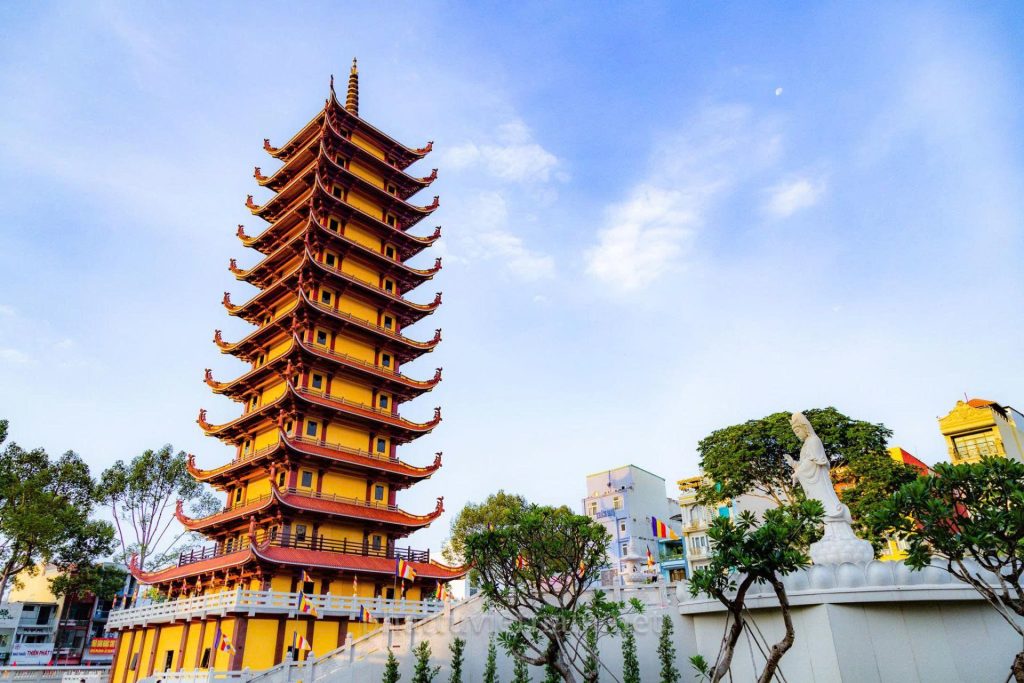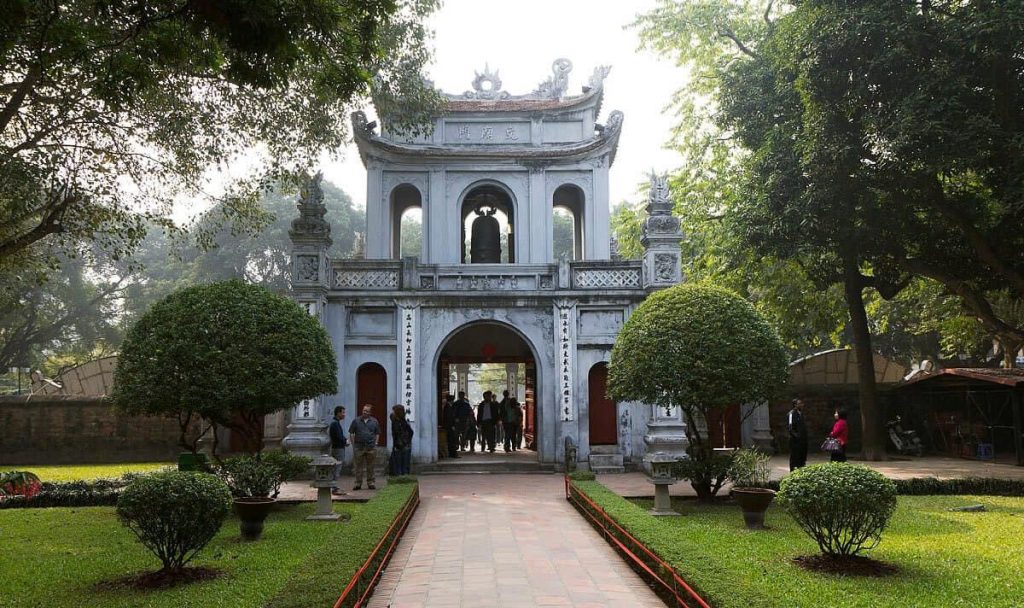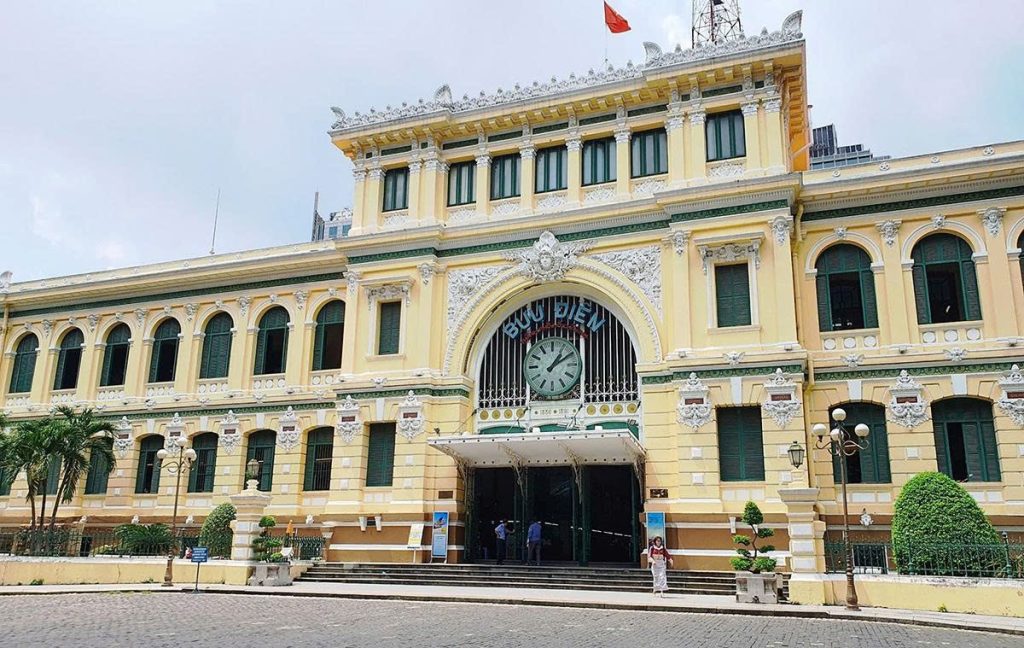Planning a trip to Vietnam, a land of breathtaking landscapes and vibrant culture? To truly immerse yourself and ensure a respectful, enriching experience, understanding Vietnamese etiquette is paramount. This comprehensive guide, informed by cultural insights and practical advice, will equip you with the knowledge to navigate local customs with confidence and appreciation.
Why Cultural Sensitivity Matters in Vietnam
Respect, community, and harmony form the deep roots of Vietnamese culture. While locals are generally forgiving of foreign visitors’ unintentional missteps, making an effort to understand and adhere to basic etiquette demonstrates genuine respect for their traditions and values. This small effort can significantly enhance your interactions, open doors to authentic experiences, and leave a positive impression.
Core Vietnamese Values Influencing Etiquette

Before diving into specific rules, grasping a few fundamental Vietnamese values will provide context:
- Respect for Elders and Authority: Age is highly revered. Always show deference to older individuals.
- Harmony and “Saving Face” (Giữ Thể Diện): Avoiding confrontation and maintaining social harmony is crucial. Public criticism or aggressive behavior is strongly discouraged, as it can cause someone to “lose face.”
- Community and Family: In Vietnamese society, family serves as its foundation. Strong bonds and mutual support are paramount.
- Modesty and Humility: Most people tend to disapprove of boasting or flaunting one’s riches.
- Indirect Communication: Vietnamese communication can often be indirect, especially when conveying negative messages, to maintain harmony.
Essential Etiquette Guidelines for Travellers

Here’s a breakdown of key etiquette points, organized for easy reference:
Greetings and Introductions
- “Xin Chào” (Hello: A polite general greeting, universally understood. Always accompany it with a friendly smile.
- Bowing (Slight Bow): A slight bow of the head is a sign of respect, especially when greeting elders or someone of higher status. Handshakes are common with Westerners, but wait for the local person to initiate.
- Addressing People: Use appropriate titles when addressing Vietnamese people. “Anh” (older brother, for men younger than you or of similar age), “Chị” (older sister, for women younger than you or of similar age), “Ông” (grandfather/elderly man), “Bà” (grandmother/elderly woman). If unsure, “Anh” or “Chị” are generally safe for those around your age.
Dress Code and Appearance
- Modesty is Key: For general sightseeing, conservative clothing is advisable. Avoid overly revealing attire, especially for women.
- Religious Sites: When visiting temples, pagodas, or other religious sites, shoulders and knees must be covered. Carry a scarf or sarong for impromptu visits. Shoes are typically removed before entering.
- Footwear: Remove your shoes before entering someone’s home, and sometimes before entering certain shops or small establishments. Shoes placed outside can serve as a hint.
Dining Etiquette
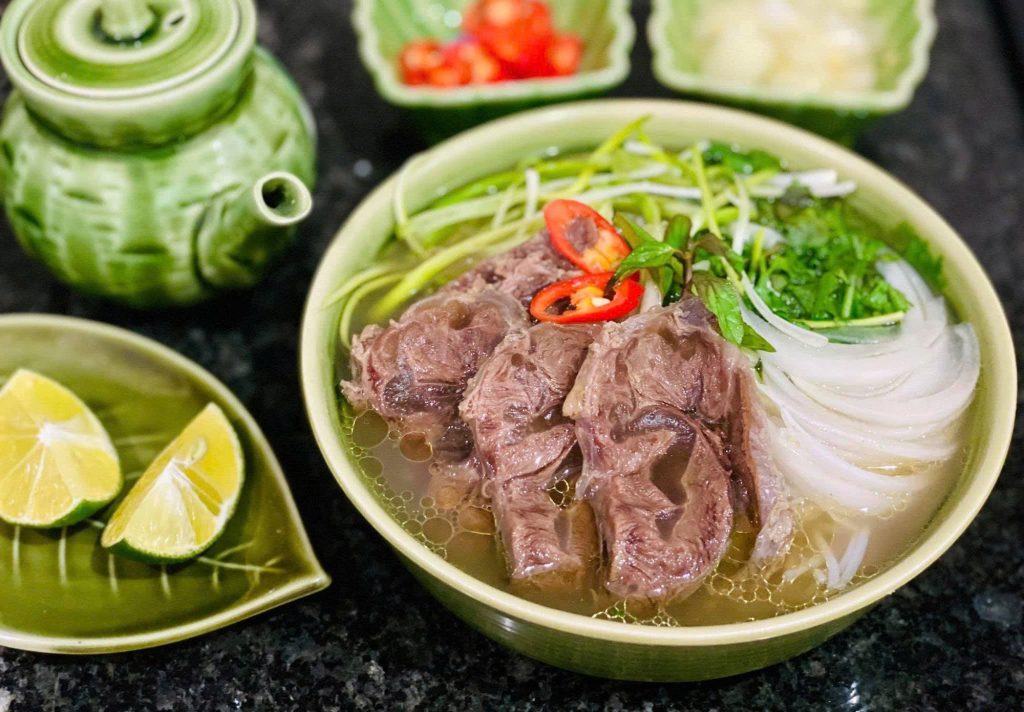
- Chopsticks: Hold chopsticks correctly and avoid pointing them at people or sticking them upright in a bowl of rice (resembles incense sticks at funerals).
- Sharing Dishes: Meals are often communal, with dishes shared from the center of the table. Use serving spoons when available.
- Waiting for Elders: Always wait for the eldest person at the table to begin eating before you do.
- Pouring Drinks: It’s common to pour drinks for others before yourself. Always offer to refill someone’s glass.
- Tipping (Less Common but Appreciated): Tipping is not deeply ingrained in Vietnamese culture like in some Western countries, but it’s increasingly common in tourist-centric areas. A small tip (10-15% in restaurants, 50,000-100,000 VND for tour guides) is a kind gesture for good service.
Behavior in Temples and Religious Sites
- Quiet & Respectful: Maintain a low voice and respectful demeanor.
- Dress Code: As mentioned, cover shoulders and knees.
- No Pointing: Avoid pointing your feet or fingers at Buddha statues or altars.
- Ask Permission: If you wish to take photos, always ask for permission first, especially if people are in the frame.
Public Behavior and Personal Boundaries

- Public Displays of Affection: Public affection should be kept discreet.
- Head and Feet: Avoid touching someone’s head (considered the highest, most sacred part of the body) and do not point your feet at people or sacred objects (feet are considered the lowest and dirtiest part).
- Bargaining: It’s common and expected to bargain in markets (not in supermarkets or fixed-price stores), but do so with a smile and good humor. Don’t be aggressive.
- Photography: Always ask for permission before taking photos of people, especially children. Be particularly sensitive in rural areas.
Gift Giving and Receiving
- Small Gestures: Small gifts are appreciated, especially if you’re invited to someone’s home. Think local specialties from your home country, or a small souvenir.
- Receiving Gifts: Receive gifts with both hands as a sign of respect. Don’t open gifts immediately in front of the giver unless prompted.
Common Cultural Mistakes to Avoid

- Losing Your Temper: Public displays of anger are very disrespectful and will not resolve issues. Remain calm and polite.
- Over-Bargaining: While bargaining is common, don’t push too hard or become disrespectful over small amounts of money.
- Ignoring Elders: Always acknowledge and show respect to older people, even if you don’t speak Vietnamese.
- Pointing with One Finger: Use your whole hand to gesture or point.
- Direct Criticism: If you need to complain, do so gently and without being direct.
If you make an unintentional mistake, a sincere “Sorry” (Xin Lỗi – Xin Loi) and a smile will usually be enough. Vietnamese people are generally understanding and appreciate your effort to learn.
While core values remain consistent, slight regional variations exist. For example, people in the North (Hanoi) may be perceived as more reserved and formal, while those in the South (Ho Chi Minh City) might be more relaxed and open. These are subtle differences, and general good manners will serve you well across the country.
RELATED: Things to know before travel to Vietnam
Understanding Vietnamese etiquette isn’t about memorizing a rigid rulebook; it’s about showing respect for a rich and ancient culture. By approaching your interactions with an open heart, a willingness to learn, and a genuine smile, you’ll find that the Vietnamese people are incredibly welcoming and eager to share their beautiful country with you. Your efforts to embrace their customs will undoubtedly lead to more authentic connections and an unforgettable travel experience.




